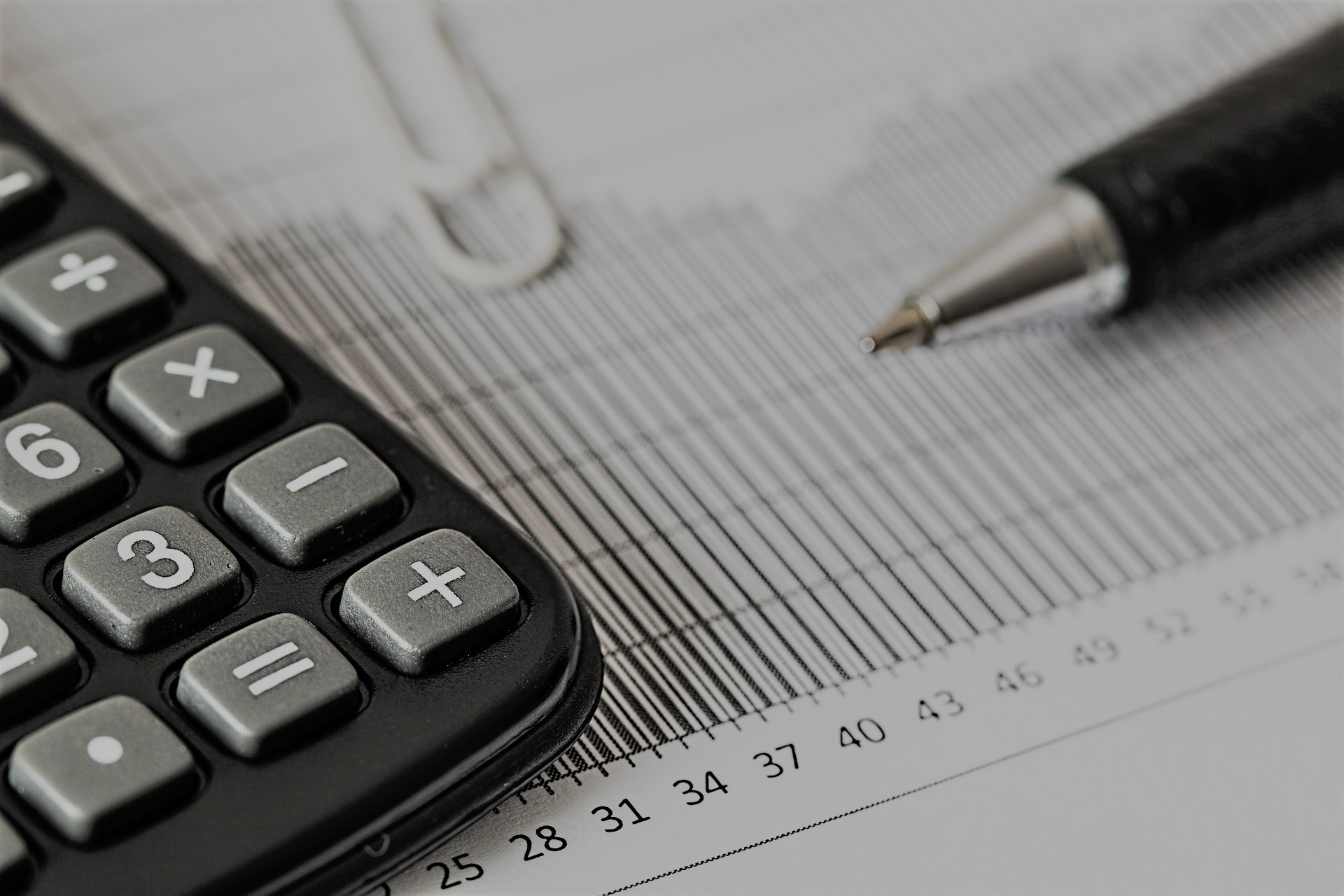
"Verify Energy Savings With Measurement & Verification "
Measurement and Verification (M&V) is a process, which is used to determine energy and demand savings. Measurement and Verification (M&V), is a procedure for evaluating the exact effect on energy utilization of an Energy Conservation Measure (ECM). The Measurement and Verification process empowers the energy savings conveyed by the ECM to be separated and reasonably assessed. The impacts of short-term and long-term energy conservation measures can be demonstrated in a better way by conducting a proper measurement and verification. By comparing the estimated energy savings which were expected after the implementation of an energy conservation project and the data collected through measurements during the M&V process, actual energy savings achieved over a period can be found out.
A key piece of the M&V procedure is the improvement of 'M&V Plan', which characterizes how the saving analysis will be conducted before the ECM is executed. M&V plan will address basically proposed savings, risks, financial assessments, energy conservation measures and certain operational expectations. This gives a level of objectivity that is missing if the funds are just assessed after usage. We have well-experienced Measurement and Verification professionals who are experts in developing and implementing M&V plans.
Baseline study
Customer Issue/Requirement
Deliverables
Development of M&V plan
Customer Issue/Requirement
Deliverables
Savings verification
Customer Issue/Requirement
Deliverables
Continuous M&V
Customer Issue/Requirement
Deliverables
Third Party Verification
Energy efficiency projects can be inherently complex, with numerous components and activities that need to be developed and performed including baseline stud, cost-benefit analysis, operational performance analysis and much more. The impact of energy conservation projects is measured typically by the actual savings realized by the implemented projects. A third-party verification helps to stabilize and enhance an energy efficiency project. Third-party verification also provides opportunities for unbiased evaluation of equipment and systems.
Why Third-Party Verification?
What can be the operating efficiency and energy savings given by an energy efficient pump after replacement? How often do variable frequency drives (VFD) get installed but are then manually set to 100% speed? How often do condensing boilers have incorrect water temperatures resulting in no efficiency gain? What changes in the operating parameters of equipment/process machines lead to much lesser energy savings?
All these issues can be addressed with a third party verification. The energy savings projected during an Energy Audit is based on present operating parameters and conditions. So, any deviation in the operating parameters or the baseline parameters will not bring the expected savings from the implemented energy efficiency projects. Third party verification includes the measurement or monitoring of the operating parameters of the implemented projects and the getting response from the client in order to determine the project’s savings realization rate. Through this analysis, it will become clear what was effective and what needs to be adjusted to get the expected energy savings.
Third party verification helps to ensure that the performance of the equipment and systems are reviewed by professionals with skills specific to energy efficiency and determining how you are doing in terms of meeting your energy efficiency goals and identifying areas for improvement.
Service Description
For Measurement and Verification services, we basically follow International Performance Measurement and Verification Protocol (IPMVP) as the basis, which has become the internationally accepted standard for quantifying the results of energy saving. Our energy efficiency experts use this methodology as part of a broader energy efficiency measurement and verification program that covers:
1) Compilation of reference database
2) Establishment of baseline
3) Development of an M&V plan
4) Energy saving verification
5) Issuing of M&V reports
6) Monitoring of long-term energy savings
